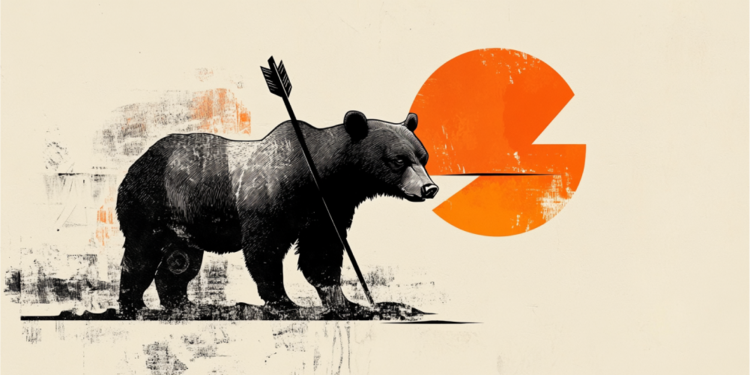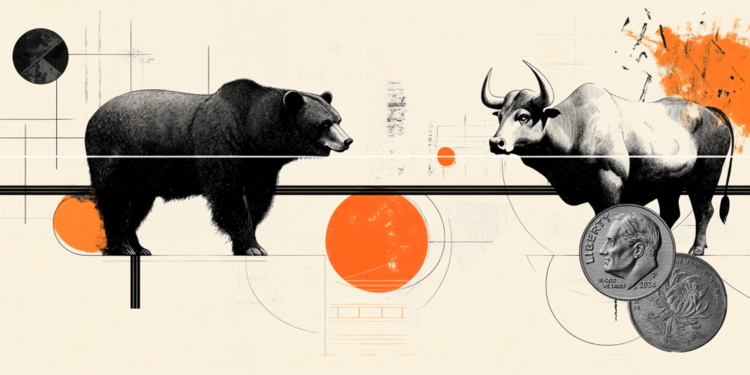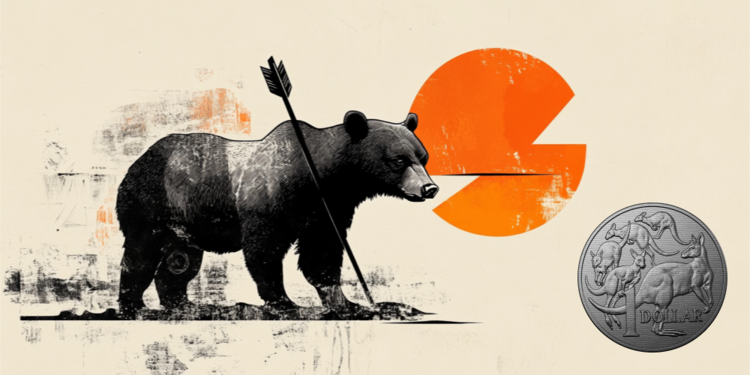More than 19.6 million Brazilians survive with jobs known as ‘beaks’, about 60% of the universe of 32.5 million informal workers in the country.
The figures are from the study “Portrait of Informal Work in Brazil: challenges and paths to solutions”, released by Fundação Arymax and B3 Social this Wednesday (22) and conducted by Instituto Veredas. The research is based on the analysis of data from the IBGE’s Continuous PNAD for the 3rd quarter of 2021.
The study divides informal workers into four types. The largest of them, informal subsistence (60.5%), includes professionals with low or no qualifications and who offer services of unstable demand, known as ‘beaks’.
Informal workers with productive potential (16.1%) represent workers who are not formalized due to the costs involved or the lack of opportunities.
The informal ones by choice (2.3%) are those who are able to formalize themselves, but intend to keep it that way to increase their income. Professionals classified as fragile formal (21.1%) have a CNPJ or a formal contract, but with intermittent contracts, reduced formal rights and the threat of returning to total informality.
The profile of the Brazilian informal subsistence worker is well defined: male, young, black and with low education. About 75% have incomplete primary education or less. In the age group of 14 to 17 years, the group represents more than 80% and in the ages of 18 to 24 years, the informal subsistence groups are 64% of the total.
In the analysis by regions, the presence of this group is especially expressive in the North (49%) and Northeast (45.5%). Most of them work with services related to trade, vehicle repair and construction.
For the economist of the Getúlio Vargas Foundation (FGV), Marcelo Nery, the numbers referring to informal workers have not registered great oscillations in the country.
Nery highlights income as the main point to understand this audience. “You can even see that informality is going down a little bit and unemployment is going down a little bit, which is good news. But it is important to remember that per capita income has declined. And it decreased even more in the lower income bracket”, highlighted the economist.
For the general public, including formalized workers, the average monthly real household income per capita in 2021 was R$1,353, the lowest value in the PNAD Contínua historical series, which began in 2012.
In the last monthly release of the PNAD Contínua, from the Brazilian Institute of Geography and Statistics, referring to the moving quarter ended in April, the informality rate was 40.1% of the country’s employed population, or 38.7 million informal workers. In the previous quarter, the rate had been 40.4% and, in the same quarter of the previous year, 39.3%.
Source: CNN Brasil







